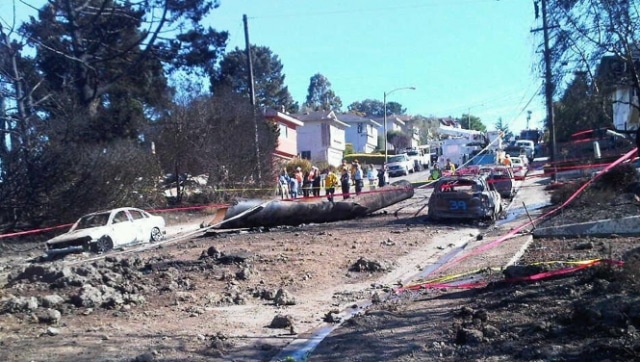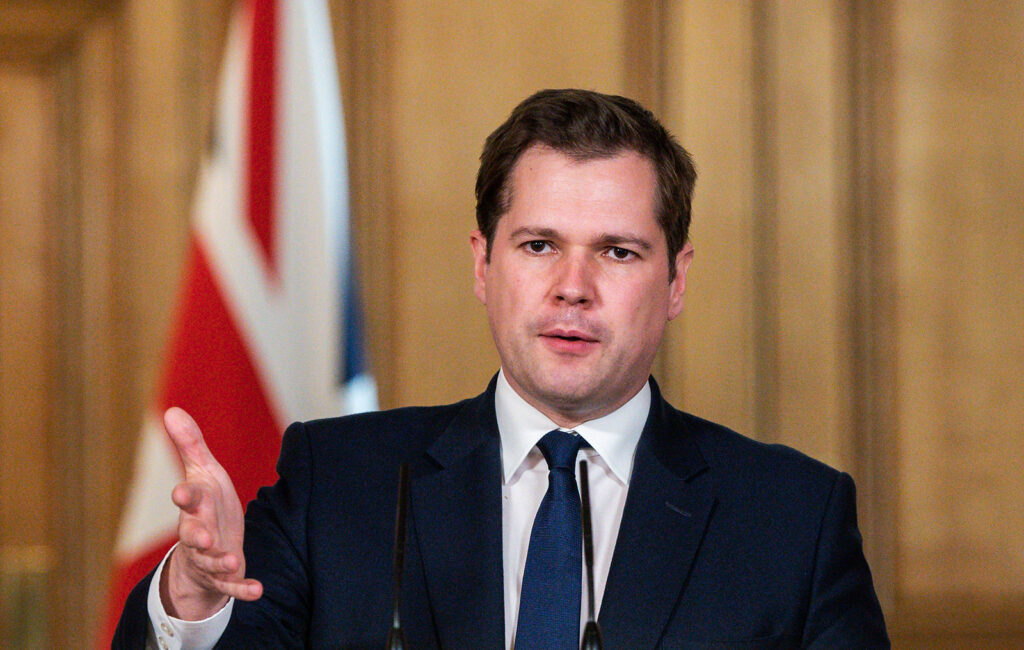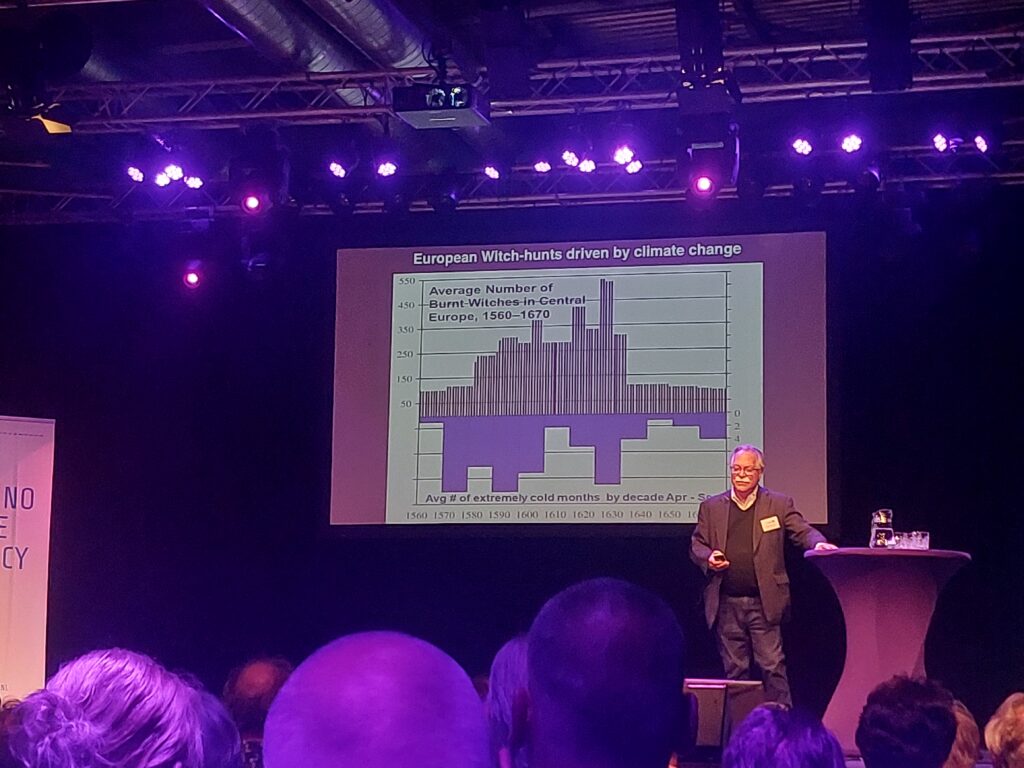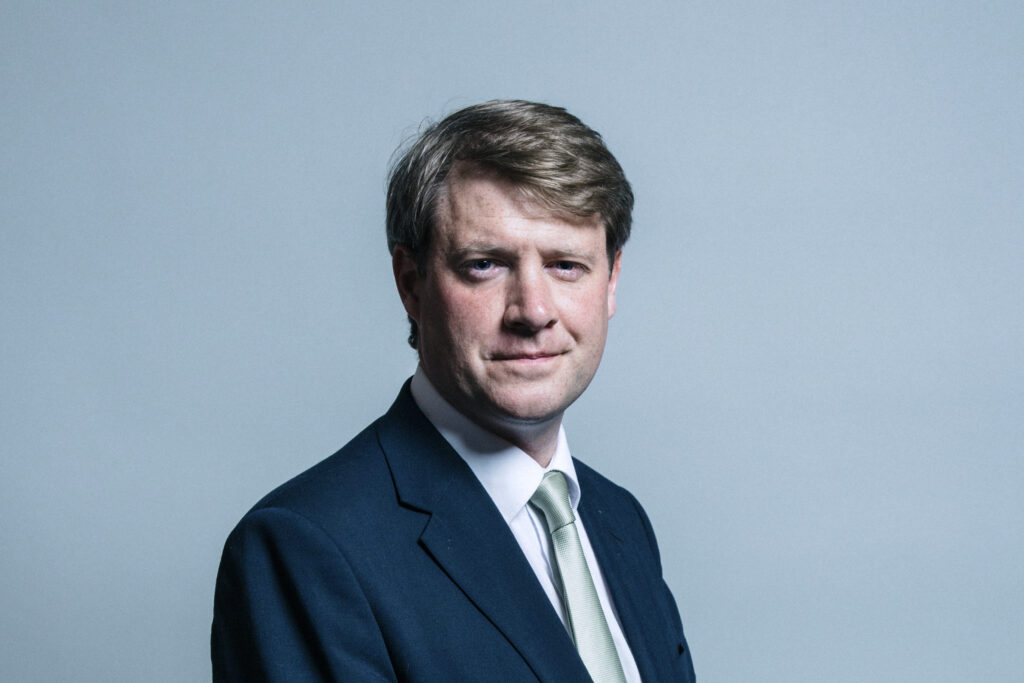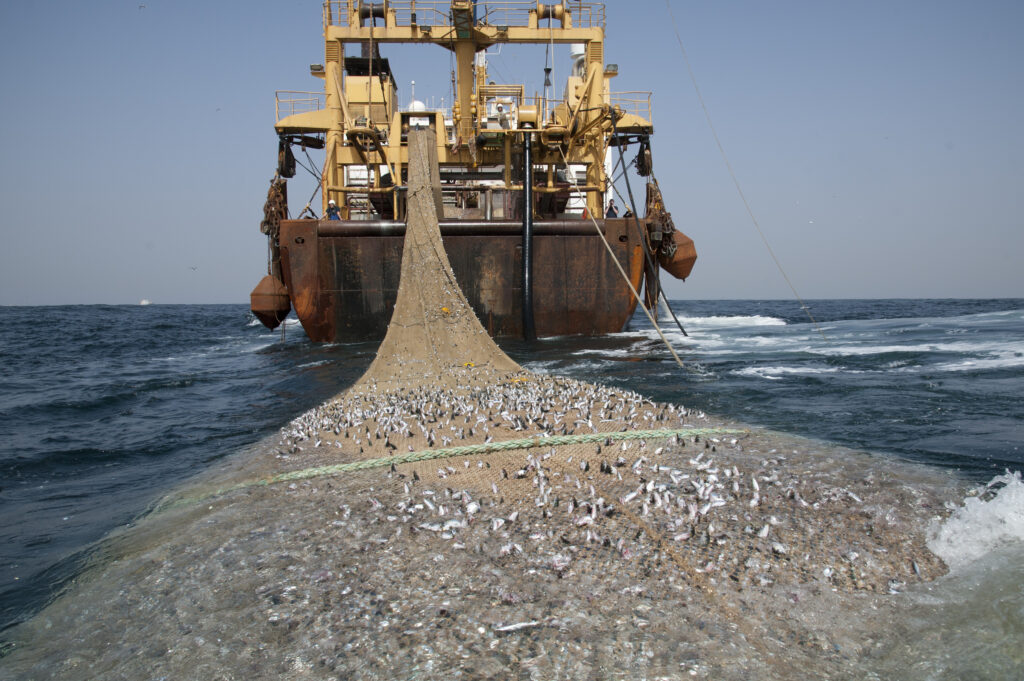Last Monday, the mayor of San Bruno stood on the steps of the California Public Utilities Commission offices in San Francisco and called for a complete overhaul of the state agency, including the firing of key CPUC officials.
The next day, a federal grand jury indicted PG&E on charges related to its handling of the 2010 natural gas pipeline explosion in San Bruno that destroyed 38 homes and killed eight people.
Mayor Jim Ruane says that emails exchanged between staff at the CPUC and employees of PG&E in the wake of the disaster show that a far-too-cozy relationship exists between the state agency and the public utility it is supposed to regulate.
“PG&E has made illegal efforts to influence the CPUC decisions makers to protect the utility’s financial interests,” Ruane said. “Sadly and shockingly, the CPUC has participated in the illegal conduct.”
Some 7,000 pages of emails were released to San Bruno by the CPUC only after the city filed a lawsuit to gain access to the documents.
City manager Connie Jackson says that the emails provide further evidence to support the official conclusions of the investigation carried out by the National Transportation Safety Board (NTSB).
“The NTSB produced a report within one year of the explosion that exhaustively demonstrated a number of conclusions and recommendations for correction in the wake of the explosion,” Jackson says. “And among the things they identified as a key causal factor related to the explosion was what they described as a too-cozy relationship between the regulator and the utility. These emails demonstrate that that is in fact true.”
Specifically, Jackson says that CPUC President Mike Peevey engaged in illegal ex parte communications with PG&E. “We are continuing to call for the removal, or minimally the recusal, of President Peevey,” Jackson says.
Peevey is not alone in being implicated for having engaged in illegal communications with PG&E employees who were responsible for the company’s response to the disaster. As KTVU reported, one email, “from no less than PG&E‘s head of regulatory relations to a CPUC administrative law judge, ends with ‘love you.’”
The city of San Bruno is calling for the creation of an independent monitor role to oversee the CPUC and ensure that state regulators put public safety over corporate interests. Many of the emails revealed that regulators at the CPUC were far too concerned with helping PG&E manage the fallout from the disaster and control the narrative presented to the public.
For instance, after a first round of federal indictments were handed down to PG&E, CPUC President Peevey offered his advice on how the company handled its public response, writing: “PG&E‘s decision to issue a press release last week anticipating all this only meant that the public got to read two big stories rather than one. I think this was inept.”
The new federal charges against PG&E allege that the company obstructed justice by lying to the NTSB‘s investigators about its safety procedures.
Connie Jackson says that San Bruno officials have felt that PG&E‘s version of events was flawed all along.
“We don’t agree with PG&E’s continued representation that this was a ‘tragic accident.’ That is not true,” Jackson says. “This was not an accident. There were numbers of deficiencies in the system. Had their records been complete and accurate, had their testing protocols been properly implemented as required by law, we might not be having this conversation. And the CPUC did not hold them accountable.”
In the end, the chief concern of city officials is that the citizens of San Bruno can be assured of their safety, and that no other communities have to go through a tragedy similar to what San Bruno has experienced, whether it’s through the creation of an independent monitor, a shakeup at the CPUC, or other reforms.
Connie Jackson says that PG&E has “made a lot of progress” over the past four years, but that the company has a long way to go correct the system-wide deficiencies that led to the San Bruno disaster. And she is quick to point out that it is not the city’s job to ensure that PG&E makes those reforms.
“First and foremost we look to the CPUC,” Jackson says. “They have a strong and important role and they haven’t been taking care of business.”
Image via Wikimedia Commons.
Subscribe to our newsletter
Stay up to date with DeSmog news and alerts


